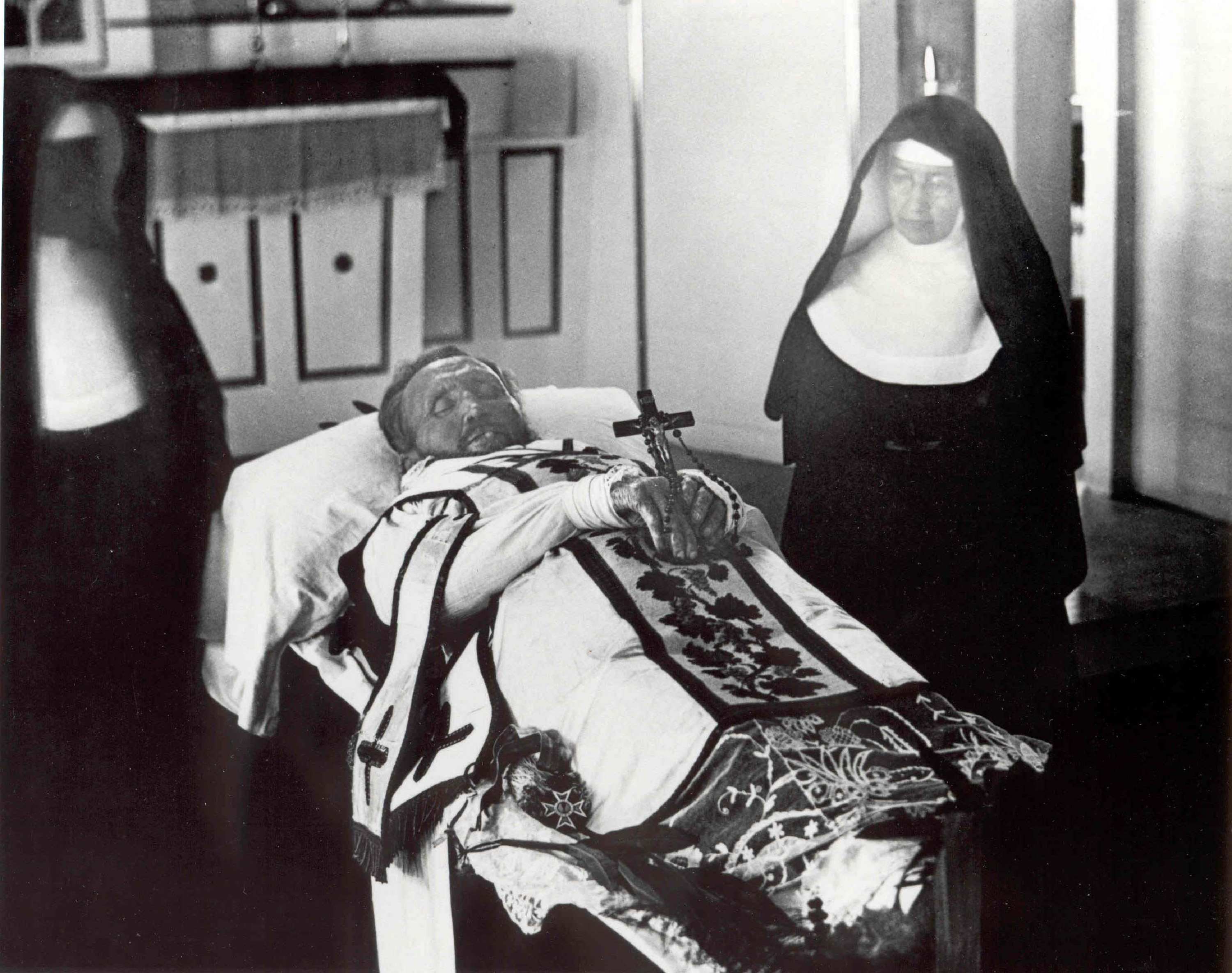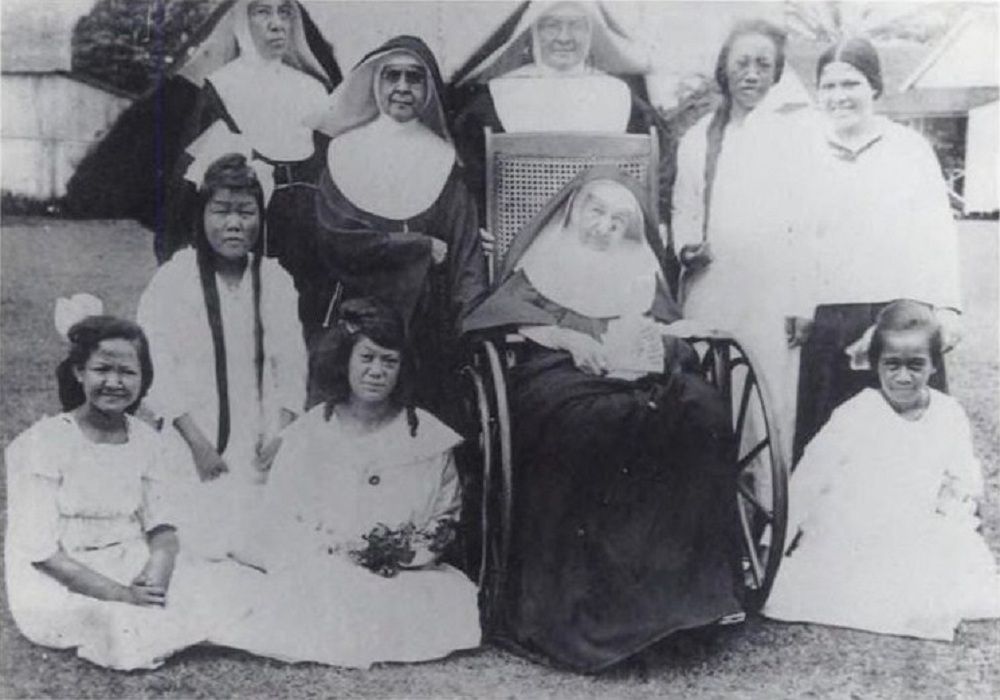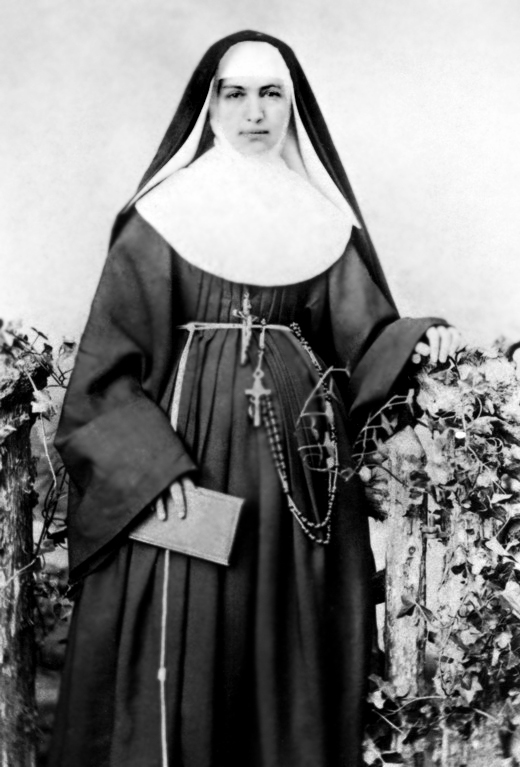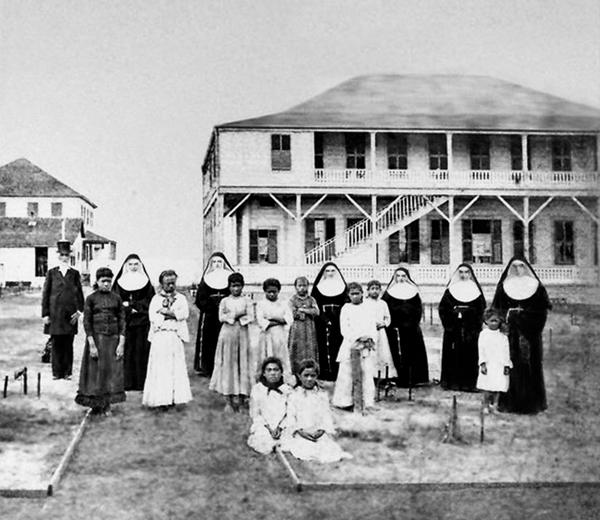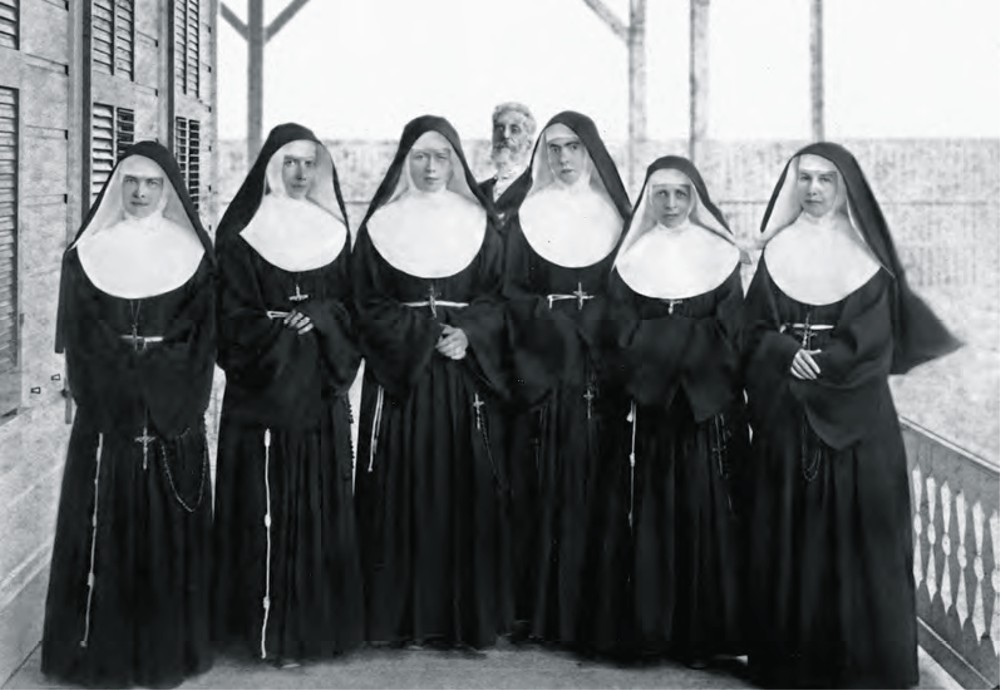“I do not expect a high place in heaven. I will be very grateful to have a little corner where I can love God for all eternity.”
Maria Anna Barbara Koob was born in 1838 in Heppenheim, in what was then the Grand Duchy of Hesse. Today, that region is part of Germany. Just a year after her birth, her family emigrated to the United States, and settled in the industrial town of Utica, New York.
As the oldest child, she dropped out of 8th grade to work at a textile factory to help support her parents and siblings as her father had become disabled. When her father died in 1862, her siblings were old enough to support themselves, and she pursued a religious calling.
She entered the Sisters of the Third Order Regular of Saint Francis in Syracuse, New York, and changed her name to Marianne Cope. She became a teacher and then principle, for the German settled children in her area. She also helped found the 1st two Catholic hospitals in Central New York. They provided care to all regardless of race or wealth. She was then appointed to govern the 1st public hospital in Syracuse and was a member of her religious congregation council by the age of 32. She also became involved in the relocation of Geneva Medical College of Hobart to Syracuse, where it became the College of Medicine at Syracuse University.
By 1883, at the age of 50, she had become the Superior General of her congregation. She received a plea for help from the leprosy sufferers in Hawaii. King Kalakaua sent a letter himself asking for aid in treating those isolated on the island of Molokai, as he had been declined by 50 other religious institutes.
She left with 6 sisters and arrived in Hawaii in November of 1883. At 1st she managed a hospital on the island of Oahu, which was a receiving station for Hansen’s disease patients gathered from all over the islands. More severe cases were shipped to Molokai for confinement. She also set up Malulani Hospital, the 1st general hospital on the island of Maui and In 1885, she opened the Kapiolani Home to provide shelter for homeless daughters of leprosy patients.
A new Hawaiian governance arose and ended the exile of lepers, and closed the Oahu Hospital. In 1888, She accepted a call to care for the inflicted patients of Molokai, knowing she would never be able to return to New York. There she cared for Saint Damien of Molokai, who was dying, and with 6 sisters that had joined her, took over his burdens on the island.
With donations, she created a new home and school to care for the children of the leprosy patients.
Mother Marianne died on August 9, 1918 at the age of 80, due to natural causes. She was buried on the grounds of the Bishop Home. Her remains were transported to Syracuse in 2005 and then returned to Honolulu several years later.
“I do not think of reward. I am working for God, and do so cheerfully.”
She is the patron saint of lepers, outcasts, those with AIDS, and the State of Hawaii.
For God’s Glory.
